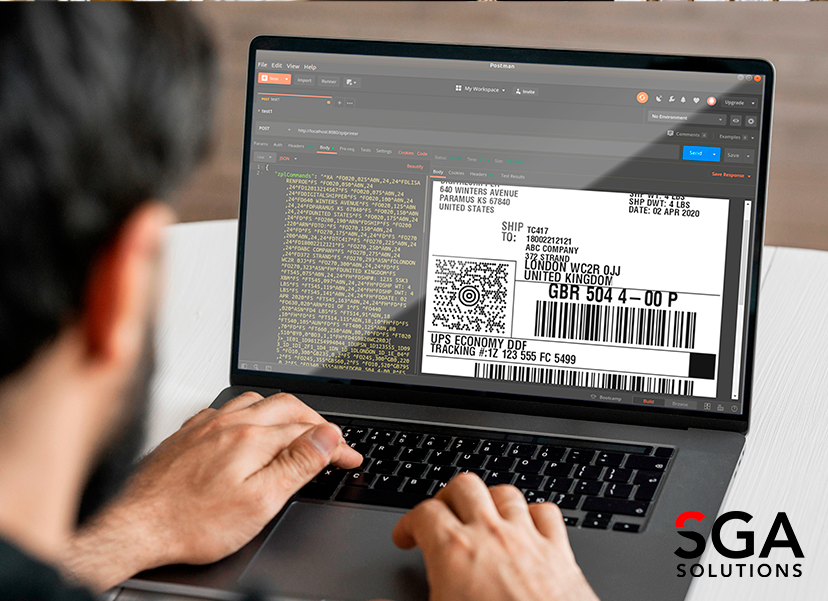SGA Process, which is part of the lines of business of our registered trademark SGA Solutions®, aims to provide automation solutions for all types of businesses. From the production phase, to preparation, storage and follow-up. The software provides real-time information on the production plant and control of company expenses.
As it is scalable software, one of the most recent innovations that has been made is the incorporation of ZPL commands for the creation and encryption of RFID tags.
ZPL coding provides enhanced security due to its high level of encryption
Radio frequency tagging
RFID tags or radio frequency tagging allows the storage and transmission of data over radio waves. They are one of the best solutions for product tracking, as they can store a large amount of data.
RFID tags allow information to be read fast, even over long distances. In addition, this type of tagging does not require direct contact between the reader and the code. This minimizes possible errors resulting from poorly printed or damaged labels.

High security encryption
ZPL is a standardized language used by RFID tag printers. This allows the appearance of the tags to be configured and the information in each of the tag chips to be coded.
The new system upgrade makes the SGA Process fully compatible with RFID tag printing systems via ZPL commands. The control software makes it easy to configure the information and appearance of each tag and to send it to compatible RFID printers.
Guaranteed product traceability
For stock control and product traceability, SGA Process offers a range of solutions, based on barcodes, BIDI or QR codes, depending on customer needs.
The new update includes the possibility of using radio frequency tagging for product management, which allows greater traceability control of each individual article and provides greater information security due to its high level of encryption.
Through the SGA Process control software, real-time information is displayed for each of the articles, providing an overview of all phases that the articles have passed through. This system streamlines the identification and localisation of each article during the production process.




































